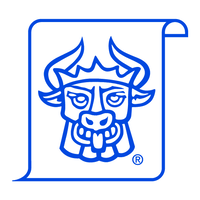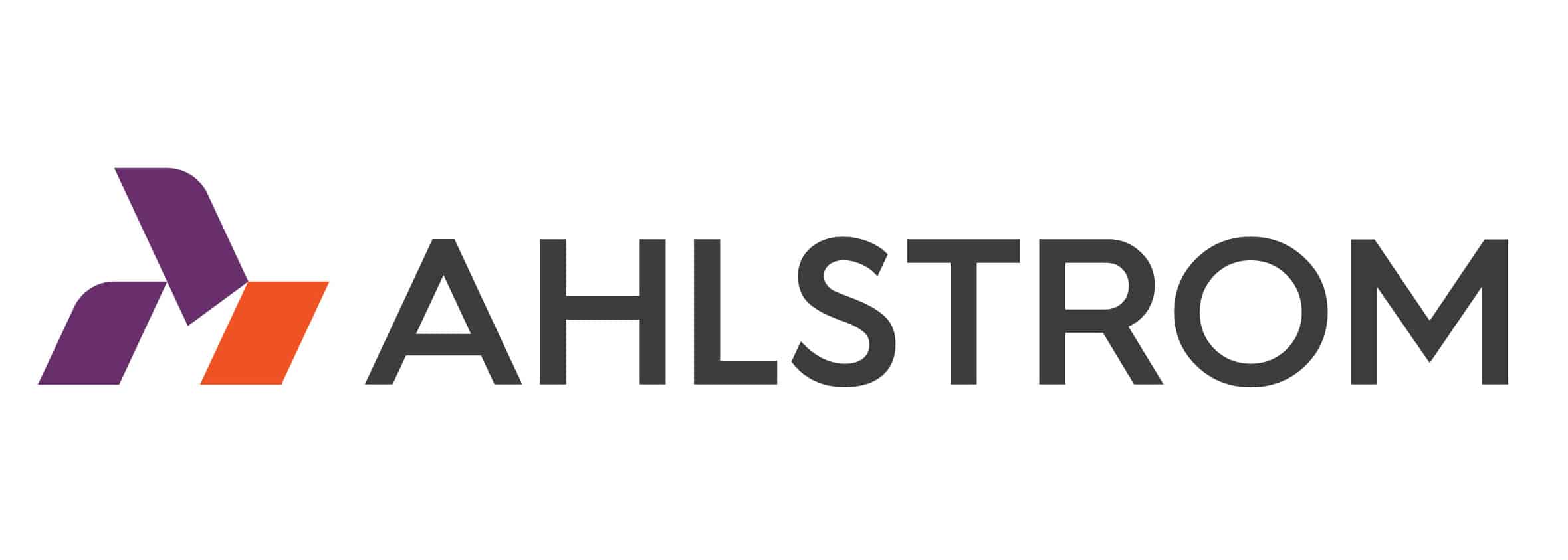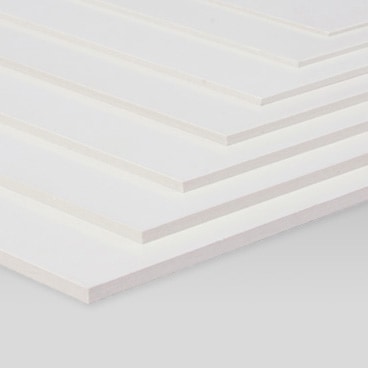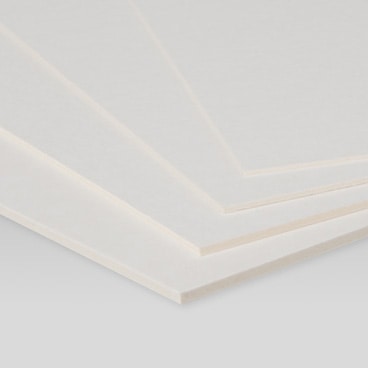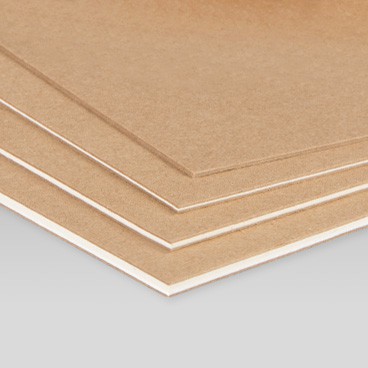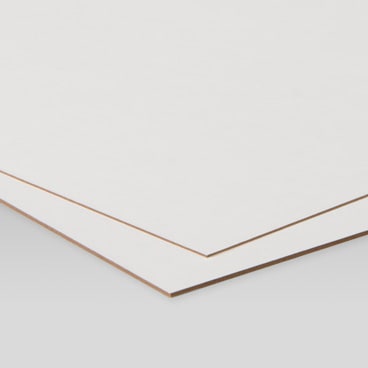Digital textile printing: Suitable substrates
Digital textile printing is the latest innovation within the textile printing industry. An increased number of printers are making the transition to digital printing and benefit from the competitive advantage that it offers them, the fast production rate and the possibility to print complex designs and fine patterns.
Before deciding if digital textile printing could be of interest to your printing company, it is essential to know what are the possibilities of digital printing regarding the materials that can be digitally printed on.
Digital textile printing explained:
Digital textile printing is an inkjet-based printing method which enables printers to print high-quality designs on an extensive range of fabrics. Nevertheless, there are some fabrics which are not suitable for this specific printing technique. In this article, I specify which fabrics can and which cannot be used in digital textile printing. To fully understand why certain fabrics cannot be used for digital printing, it is essential to understand the technology behind digital printing.
In digital printing, the fabric first needs to be pre-treated after which it will pass through the inkjet printer at high speed. A digital textile printing machine uses a printable design of a digital data file, reads the right colour information and prints the colours onto the fabric.
The fabric is coloured by minuscule droplets of ink which are produced by numerous print heads. These print heads are positioned a few millimeters above the substrate.
Digital textile printing substrates
In digital textile printing, the many print heads ensure high-quality designs and enable a fast production rate. However, due to the print heads being close to the fabric, there are some materials which cannot be used for digital printing.
Fabrics which, for example, have quite some loose threads can come in contact with the print heads and therefore cause damage.
The digital textile printing technique can be used for both woven and knitted fabrics. Below, I specify which materials are suitable for digital printing and which are not:
Cotton
Cotton is a natural fiber which, especially within the fashion industry, is widely used for clothing because of its high moisture control, comfort, and durability.
With a digital textile printing machine, you can print on cotton. To obtain the highest quality possible, most digital printers use reactive inks since this type of ink provides the highest wash fastness for prints on cotton.
Viscose
Another natural fiber that is widely used in the fashion industry is viscose. Printing on viscose with a digital printer is possible. As is the case with printing on cotton, you will get the best results when printing on viscose with reactive ink.
Wool
Printing on wool with a digital textile printer is possible, but depends on the type of wool you are using. If you want to print on “hairy” wool – meaning a type of wool which has a lot of loose threads sticking out – the print heads have to be positioned as far away from the substrate as possible. Woolen yarn is five times as thick as the diameter of the nozzle in the print head and can therefore severely damage the printer head.
For this reason, it is important to choose a digital printer which enables you to position your print heads at a considerable distance from the substrate.
Silk
Another natural fiber that is suitable for digital textile printing is silk. Silk can be printed with reactive ink (when high-fastness is priority) or with acid inks (if colour gamut is priority).
Polyamide lycra
Polyamide lycra is a type of fabric that is mainly used for swimwear. Printing on polyamide lycra with a digital printer is possible and can best be done with acid inks. By using acid inks, you obtain the highest colour brilliance, wash fastness and resistance for salt water and chlorine.
Polyester
Over the last couple of years, polyester has become an increasingly popular fabric within the fashion industry. However, the most commonly used ink for printing on polyester, disperse ink, does not work well when printing with high-speed digital printers. A typical problem is printer contamination through ink mist.
Therefore, printers have switched to sublimation printing on paper and recently successfully switched to direct printing on polyester fabric with sublimation inks. The latter requires a more expensive printer, since a belt system to hold the fabric is needed, but it saves printers paper costs and no steaming or washing is required.
Overall, general sublimation printing on polyester results in somewhat lower fastnesses than printing with disperse inks. But in the fashion world that is an acceptable compromise for sustainability.
Mixed fabrics
Mixed fabrics – fabrics consisting of two different types of materials – can challenge digital printing machines. In digital textile printing, only one type of ink can be used. Since each material requires a different type of ink, as a printer you have to use the ink that is suitable for the material that makes up most of the fabric. This means that the ink won’t stick to the other material that is used in the fabric, which could result in pale colours.
In general, digital textile printers can handle mixed fabrics with a minimum division of 70-30%. For example, a mixed fabric consisting of 70% cotton and 30% polyester can be printed with a digital textile printing machine with reactive inks. However, digitally printing fabrics with a 60-40% division will limit the colour depth.
Producing high-quality designs on a large range of fabrics with digital textile printing
Digital textile printing enables you to print on virtually any fabric and helps you improve print quality and accelerate your production rate. For these particular reasons, more and more conventional printers are making the transition to digital textile printing.
















